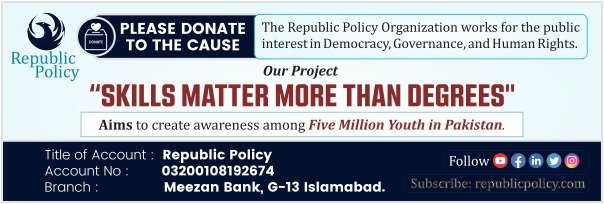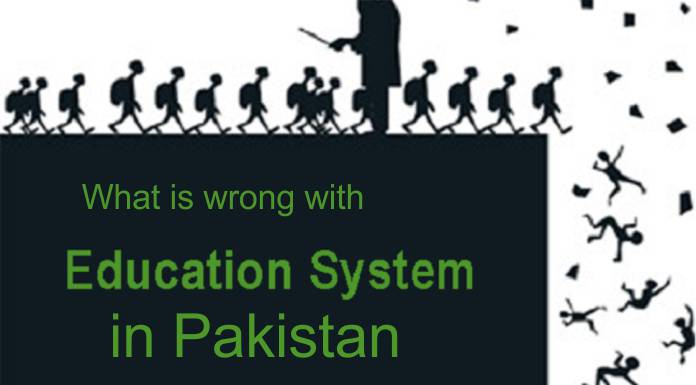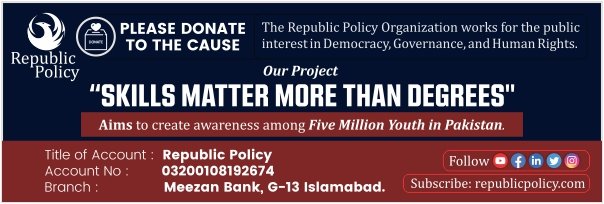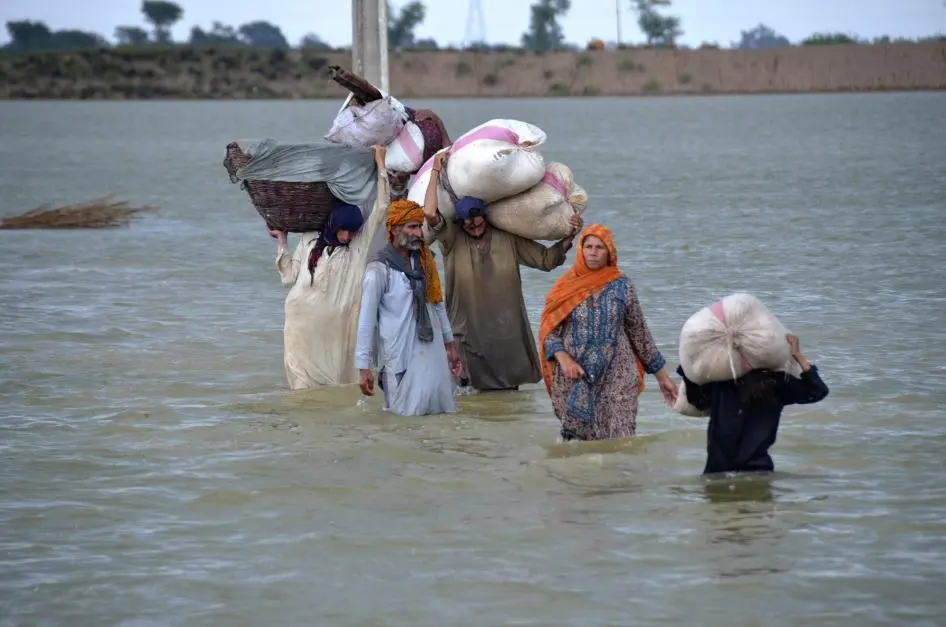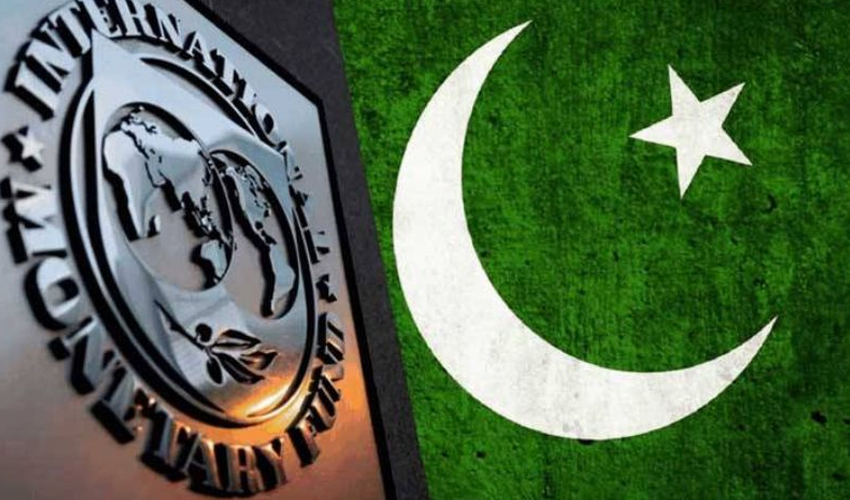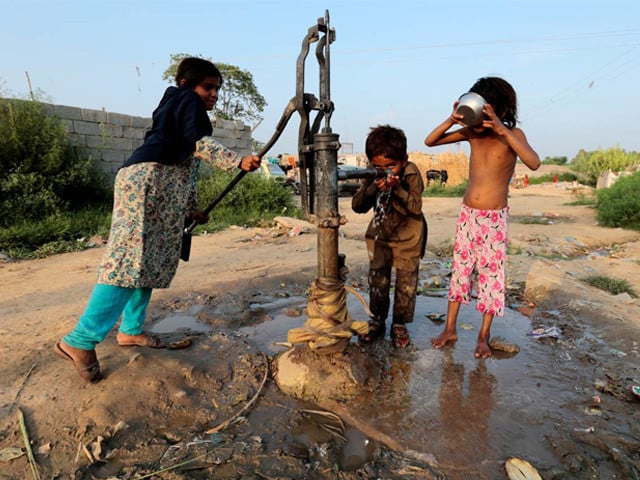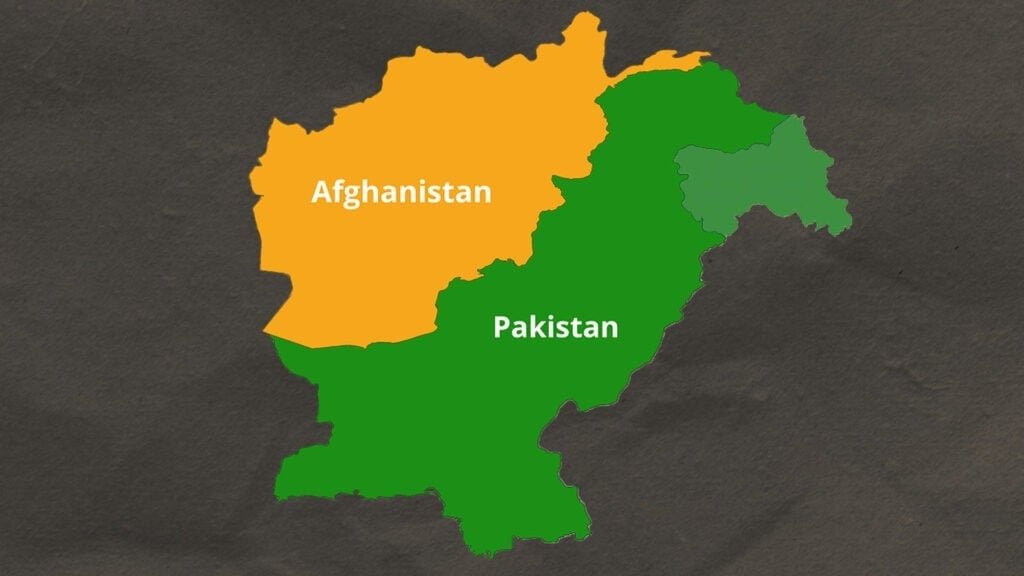Safia Ramzan
The Pakistani education system faces many challenges that affect the quality and accessibility of education for its people. Some of these challenges are:
Low enrollment: According to UNICEF, Pakistan has one of the lowest enrollment rates in the world, with only 58% of children aged 5 to 16 attending school. The main reasons for low enrollment are poverty, lack of awareness, social and cultural barriers, and insecurity2. Many children, especially girls, are unable to go to school because they have to work, take care of their families, or face discrimination and violence. As a result, Pakistan has a large number of out-of-school children, estimated at 22.6 million, who are deprived of their right to education and their potential for development.
High dropout rates: Even among those who enroll in school, many do not complete their education. The dropout rate in Pakistan is very high, especially at the primary and secondary levels. According to the Economic Survey of Pakistan 2021-22, only 54% of students who enroll in grade 1 reach grade 5, and only 22% reach grade 10. The main causes of dropout are poor quality of education, lack of interest and motivation, household and economic pressures, and lack of support and guidance. Many students, especially girls, drop out of school due to early marriage, pregnancy, or domestic violence. As a result, Pakistan has a low literacy rate, which was only 62.8% in 2021.
Lack of schools and infrastructure: One of the major challenges faced by the education sector in Pakistan is the lack of adequate and equitable provision of schools and infrastructure. According to the Pakistan Education Statistics 2019-20, there were 317,323 educational institutions in the country, of which 260,903 were public and 56,420 were private. However, these numbers are insufficient to cater to the growing population and demand for education. Moreover, there is a huge disparity between urban and rural areas, as well as between provinces, in terms of the availability and quality of schools and infrastructure. According to the same report, 44% of public schools in rural areas were without electricity, 36% were without toilets, 28% were without boundary walls, and 22% were without drinking water. These poor conditions affect the learning environment and the health and safety of students and teachers.
Outdated curriculum: Another challenge faced by the education system in Pakistan is the outdated and irrelevant curriculum that does not meet the needs and aspirations of the students and the society. The curriculum in Pakistan is based on the 1973 National Education Policy, which has not been revised or updated since then. The curriculum is also influenced by political and ideological agendas, and does not reflect the diversity and pluralism of the country. The curriculum is also criticized for being rote-based, exam-oriented, and disconnected from the real world. The curriculum does not foster critical thinking, creativity, and problem-solving skills among the students, nor does it prepare them for the challenges and opportunities of the 21st century.
Poorly trained teachers: The quality of education in Pakistan is also affected by the lack of qualified and competent teachers. According to the Pakistan Education Statistics 2019-20, there were 1,726,445 teachers in the country, of which 1,304,334 were public and 422,111 were private. However, these numbers are inadequate to meet the teacher-student ratio of 1:40, as recommended by the National Education Policy 20095. Moreover, many teachers are not properly trained, certified, or motivated to teach effectively. According to the same report, only 66% of public school teachers and 49% of private school teachers had a professional qualification in education. Many teachers also lack subject knowledge, pedagogical skills, and assessment techniques. Many teachers also face low salaries, poor working conditions, and lack of incentives and accountability.
Inefficient learning resources: The education system in Pakistan also suffers from the lack of efficient and innovative learning resources that can enhance the quality and effectiveness of teaching and learning. The learning resources in Pakistan are mainly limited to textbooks, which are often outdated, inaccurate, biased, and boring. There is a lack of supplementary materials, such as library books, journals, magazines, newspapers, and audio-visual aids, that can enrich the learning experience and broaden the horizons of the students. There is also a lack of technology-based resources, such as computers, internet, e-learning platforms, and digital content, that can facilitate interactive and personalized learning and increase access and equity. The lack of learning resources affects the learning outcomes and achievements of the students, as well as their interest and engagement in education.
Some of the possible recommendations to reform the Pakistani education system in terms of low enrollment, high dropout rates, lack of schools and infrastructure, outdated curriculum, poorly trained teachers and inefficient learning resources are:
Increasing enrollment: To increase the enrollment rate in Pakistan, the government and the civil society need to take various measures, such as:
- Providing free and compulsory education for all children aged 5 to 16, as mandated by the constitution of Pakistan.
- Allocating more funds and resources for the education sector, and ensuring their transparent and equitable distribution.
- Raising awareness and mobilizing the communities, especially the parents, about the importance and benefits of education, and addressing the social and cultural barriers that prevent children, especially girls, from going to school.
- Providing incentives and support for the poor and marginalized families, such as scholarships, stipends, vouchers, cash transfers, school feeding programs, and health services, to reduce the economic burden and improve the well-being of the children.
- Ensuring the security and protection of the schools, students, and teachers, especially in the conflict-affected and remote areas, and preventing and responding to the incidents of violence, harassment, and discrimination.
Reducing dropout rates: To reduce the dropout rate in Pakistan, the government and the civil society need to take various measures, such as:
- Improving the quality and relevance of education, and making it more interesting and engaging for the students, by adopting learner-centered, activity-based, and inquiry-based approaches, and by integrating life skills, values, and citizenship education.
- Providing alternative and flexible modes of education, such as distance learning, non-formal education, and accelerated learning programs, for those who cannot attend regular schools, or who have dropped out, or who are over-age, to enable them to continue and complete their education.
- Providing guidance and counseling services for the students, especially at the transition points, such as from primary to secondary, and from secondary to higher education, to help them overcome the academic and personal challenges, and to assist them in making informed and realistic choices about their future.
- Providing opportunities and linkages for the students, especially at the secondary and higher levels, to access vocational and technical education, and to acquire marketable skills and competencies, that can enhance their employability and income generation.
Expanding schools and infrastructure: To expand the provision and quality of schools and infrastructure in Pakistan, the government and the civil society need to take various measures, such as:
- Building more schools, especially in the rural and under-served areas, and ensuring that they are accessible, safe, and conducive for learning.
- Upgrading and maintaining the existing schools, and providing them with the basic facilities and amenities, such as electricity, water, sanitation, furniture, boundary walls, and playgrounds.
- Reducing the overcrowding and multi-grade teaching in the classrooms, and ensuring that there is an adequate and balanced teacher-student ratio, as well as a gender-balanced teacher distribution.
- Providing transport and hostel facilities for the students and teachers, especially those who live far away from the schools, or who face mobility and security issues.
Revising curriculum: To revise and update the curriculum in Pakistan, the government and the civil society need to take various measures, such as:
- Developing a national curriculum framework, that defines the vision, goals, objectives, standards, and outcomes of education, and that reflects the diversity and pluralism of the country.
- Reviewing and reforming the existing curriculum, and making it more relevant, inclusive, and responsive to the needs and aspirations of the students and the society.
- Removing the political and ideological biases, and promoting the values of peace, tolerance, and harmony, in the curriculum and the textbooks.
- Introducing new and emerging subjects and disciplines, such as science, technology, engineering, mathematics, arts, languages, and environmental studies, in the curriculum and the textbooks.
- Aligning the curriculum with the national and international benchmarks and standards, and ensuring its compatibility and coherence across the levels and streams of education.
Training teachers: To improve the qualification and competence of the teachers in Pakistan, the government and the civil society need to take various measures, such as:
- Establishing and enforcing the minimum criteria and standards for the recruitment, selection, and appointment of the teachers, and ensuring their merit-based and transparent process.
- Providing pre-service and in-service training and professional development programs for the teachers, and enhancing their subject knowledge, pedagogical skills, and assessment techniques.
- Providing incentives and recognition for the teachers, such as competitive salaries, allowances, promotions, awards, and scholarships, to motivate them and retain them in the profession.
- Providing supervision and support for the teachers, such as mentoring, coaching, peer learning, and feedback, to improve their performance and accountability.
- Providing opportunities and resources for the teachers, such as exchange programs, online courses, and research grants, to update their knowledge and skills, and to innovate their practices.
Enhancing learning resources: To enhance the availability and quality of learning resources in Pakistan, the government and the civil society need to take various measures, such as:
- Providing adequate and appropriate textbooks and supplementary materials, such as library books, journals, magazines, newspapers, and audio-visual aids, for the students and teachers, and ensuring their timely and equitable distribution.
- Providing access and exposure to technology-based resources, such as computers, internet, e-learning platforms, and digital content, for the students and teachers, and ensuring their quality and reliability.
- Developing and disseminating innovative and creative learning resources, such as games, simulations, animations, and podcasts, for the students and teachers, and ensuring their relevance and effectiveness.
- Encouraging and facilitating the use and sharing of open and free learning resources, such as open educational resources, open source software, and open access journals, for the students and teachers, and ensuring their legality and ethics.
- Establishing and strengthening the partnerships and collaborations with the local and international organizations and institutions, such as NGOs, universities, and media, to access and utilize their learning resources, and to contribute and exchange their experiences and expertise.
Accordingly, the education system is vital for the development and growth of a society. Therefore, the Pakistani state and society must work hard to develop a functional educational system.
Please, subscribe to the YouTube channel of republicpoliy.com


